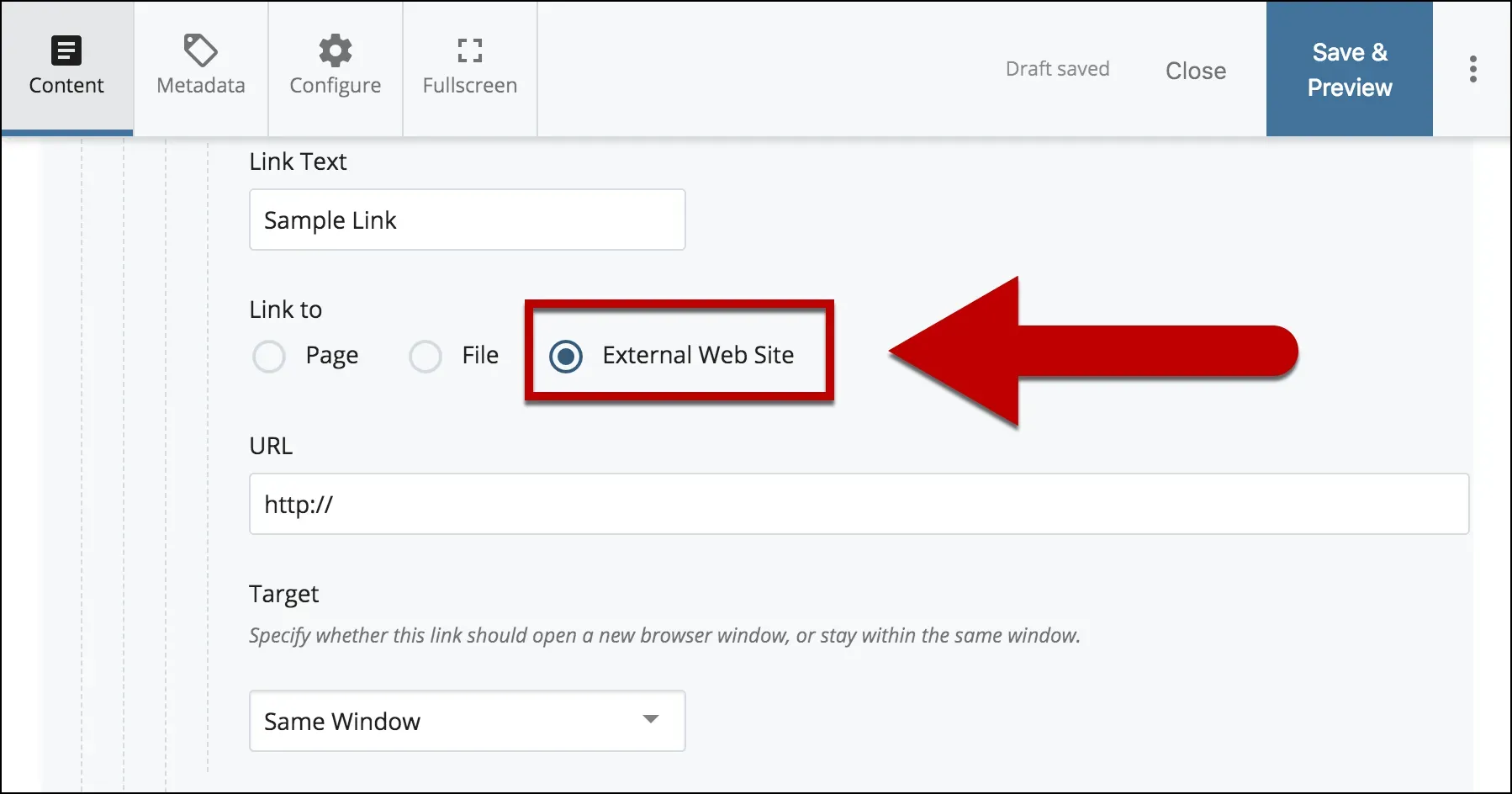External websites play a crucial role in how we access content and information in today’s digital age. They are vital for data retrieval, allowing users to gather relevant information efficiently. However, extracting data from sites like nytimes.com often presents challenges due to restrictions on web scraping. Understanding how to navigate these hurdles can enhance your ability to perform effective information extraction. By leveraging the right tools and techniques, you can unlock a wealth of resources from various external websites.
When we refer to external websites, we are discussing online platforms that provide a plethora of information and resources. These digital portals are essential for retrieving data and gaining insights into diverse topics. Utilizing methods such as web scraping can facilitate the extraction of crucial information, especially from reputable sources like nytimes.com. With the right approach, you can effectively gather and analyze data from these sites, enabling informed decisions based on reliable content. Embracing these strategies can significantly enhance your online research capabilities.
Understanding Content Extraction Limitations
Content extraction from external websites is often restricted due to legal and ethical considerations. Websites like nytimes.com have terms of service that explicitly prohibit unauthorized data scraping and content retrieval. This means that while you might want to access valuable information, you must respect these guidelines to avoid potential legal repercussions. Understanding these limitations is crucial for anyone looking to perform information extraction from the web.
Moreover, websites implement various technical measures to prevent web scraping, such as CAPTCHAs, IP blocking, and rate limiting. These barriers are designed to protect the integrity of their data and ensure that users access content through legitimate channels. Therefore, if you’re considering web scraping as a method for data retrieval, it’s vital to be aware of these challenges and the ethical implications associated with bypassing them.
Legal Aspects of Web Scraping
The legal landscape surrounding web scraping is complex. While some argue that scraping is a form of fair use, others contend that it violates copyright laws and terms of service agreements. For instance, the New York Times has taken legal action against entities that scrape their content without permission, highlighting the importance of adhering to legal standards. Before attempting to extract any information, it’s crucial to understand the legalities of web scraping to ensure compliance.
In addition, courts have often sided with content owners in disputes over web scraping, reinforcing the need for individuals and organizations to develop a thorough understanding of the legal implications. Seeking permission from content owners or using APIs offered by websites can be alternative methods for data retrieval that respect these legal boundaries. This ensures that the information extraction process is both ethical and lawful.
Best Practices for Ethical Data Retrieval
To engage in ethical data retrieval, it is essential to follow best practices that respect the rights of content creators. First, always check a website’s robots.txt file, which outlines the permissions granted to web crawlers. This file can guide you on what pages can be accessed and which should be avoided. Following these guidelines demonstrates respect for the website’s policies and helps maintain a positive relationship between content providers and users.
Additionally, utilizing APIs provided by websites is a preferred method for data extraction. These APIs often allow developers to access data in a structured and legal manner, promoting transparency and reliability. For instance, many news organizations offer APIs that provide access to their articles and datasets, enabling users to retrieve information without violating any terms of service. By adopting these best practices, you can ensure your data retrieval efforts are efficient and ethically sound.
Exploring Alternatives to Direct Web Scraping
If you find that direct web scraping is not feasible due to legal restrictions, consider exploring alternative methods for accessing content. For example, many websites offer newsletters or RSS feeds that allow you to receive updates without having to scrape their data manually. Subscribing to these channels can provide you with timely information while respecting the content owners’ rights.
Furthermore, leveraging data aggregation services can be an effective way to gather information from multiple sources legally. These services typically compile data from various platforms and present it in a user-friendly format, saving you the hassle of extracting it yourself. By using these alternatives, you can access valuable content while avoiding the pitfalls associated with unauthorized web scraping.
The Role of Web Scraping in Data Journalism
Web scraping plays a significant role in data journalism, allowing journalists to gather information from various online sources efficiently. This method can enable reporters to uncover trends, analyze public data, and present compelling stories backed by solid evidence. However, ethical considerations must always be at the forefront when employing scraping techniques in journalism.
Data journalists should strive to use scraping tools responsibly, ensuring that they comply with the legal limitations and ethical guidelines surrounding content extraction. By doing so, they can leverage the power of data while upholding the integrity of their work and respecting the rights of content creators. This balance is essential for maintaining credibility in the field of journalism.
Technical Challenges in Web Scraping
Web scraping can present various technical challenges that users must navigate. Websites frequently update their structures, which may lead to broken scraping scripts or incorrect data extraction. This dynamic nature of web content requires scrapers to be adaptable and regularly update their methods to ensure accurate data retrieval.
Additionally, many websites implement anti-scraping technologies to protect their content. These include techniques such as dynamic content loading, which requires scrapers to handle JavaScript-rendered pages, and the use of session management to track user behavior. Overcoming these technical barriers demands a solid understanding of web technologies and programming skills, making it essential for aspiring scrapers to educate themselves on the latest tools and techniques available.
The Impact of Search Engine Optimization on Data Retrieval
Search Engine Optimization (SEO) significantly influences how data is retrieved from websites. Well-optimized websites rank higher in search engine results, making it easier for users to find relevant information. Understanding SEO principles can help you navigate the vast ocean of data available online more efficiently, improving your chances of accessing high-quality content.
Moreover, by employing SEO strategies when creating content, you can increase the visibility of your work, ensuring that it reaches a broader audience. This is particularly important for data journalists and content creators who rely on web traffic to disseminate their findings. By aligning your data retrieval efforts with SEO best practices, you can enhance both the accessibility and impact of your content.
Leveraging APIs for Efficient Data Access
APIs (Application Programming Interfaces) provide a powerful alternative to web scraping for accessing data from external websites. By utilizing APIs, you can obtain structured data directly from the source without violating any terms of service. Many websites, including major news outlets, offer APIs that allow developers to pull content efficiently, making it a preferred method for data retrieval.
Using APIs not only simplifies the data extraction process but also ensures that you are accessing the information legally and ethically. Furthermore, APIs often come with documentation that outlines how to retrieve data effectively, enabling users to streamline their efforts. This approach can save time and resources while ensuring compliance with legal standards.
Future Trends in Web Scraping and Data Retrieval
As technology continues to evolve, so do the techniques and tools available for web scraping and data retrieval. The rise of machine learning and artificial intelligence is transforming how data is extracted and analyzed, allowing for more sophisticated methods that can adapt to changing web environments. These advancements will likely lead to more efficient scraping processes and improved data quality.
However, with these advancements come increased scrutiny and regulations surrounding data privacy and content ownership. As a result, it’s essential for individuals and organizations to stay informed about future trends in web scraping and adjust their strategies accordingly. By embracing ethical practices and leveraging new technologies, you can ensure that your data retrieval efforts remain effective and compliant in the evolving digital landscape.
Frequently Asked Questions
How can I access content from external websites like nytimes.com for research purposes?
To access content from external websites such as nytimes.com, you can use legitimate methods like subscribing to their services or utilizing APIs they may offer. This ensures you respect their terms of service while still retrieving necessary information.
What is web scraping and how is it related to data retrieval from sites like nytimes.com?
Web scraping is the process of extracting data from websites. While it can be useful for data retrieval, it’s important to note that scraping content from sites like nytimes.com may violate their terms of service and can lead to legal issues. Always review a site’s policy before attempting to scrape data.
Is it legal to use information extraction techniques on external websites such as nytimes.com?
The legality of using information extraction techniques on external websites, including nytimes.com, depends on the website’s terms of service. Always ensure compliance with legal guidelines and seek permission where necessary to avoid copyright infringement.
What are the best practices for data retrieval from external websites like nytimes.com?
Best practices for data retrieval from external websites include using official APIs, respecting robots.txt files, and adhering to copyright laws. Consider accessing content through authorized channels to maintain ethical standards.
Can I automate content access from external websites like nytimes.com?
Automating content access from external websites like nytimes.com is possible, but it must be done with caution. Ensure you comply with the website’s terms of service, and consider using official APIs or tools that respect their data policies.
| Key Point | Explanation |
|---|---|
| Content Extraction Limitations | The inability to extract content from external websites like nytimes.com. |
| External Website Policy | Many platforms have policies preventing direct content extraction to respect copyright and intellectual property rights. |
Summary
External websites, such as nytimes.com, often have strict policies regarding content extraction and usage. These restrictions are in place to protect the rights of content creators and maintain the integrity of their material. Therefore, it is essential for users to understand that while accessing information online, respecting these limitations is crucial to avoid legal repercussions.










